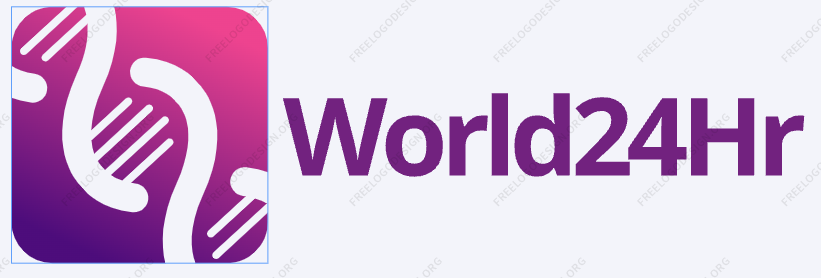[ad_1]
In colleges, it may possibly really feel like there’s by no means sufficient time. Regardless that American college students spend as a lot or extra time in class as their friends across the globe (a proven fact that’s not broadly identified), priceless items, classes, conversations, and tasks are at all times working into time constraints.
Academics, as an example, articulate a transparent set of priorities for which they need that they had extra time. Final yr, the Merrimack Faculty Instructor Survey reported that 29 % of academics mentioned they wished extra planning time, 28 % wished extra precise educating time, and 17 % extra time to collaborate with colleagues. In the meantime, they wished to spend much less time on administrative duties, nonteaching pupil interplay, {and professional} growth.
As I observe in The Nice Faculty Rethink, one of many persistent issues in doing something about that is that faculty and system leaders don’t have a transparent sense of the place time goes. It’s actually type of outstanding that, even in colleges which tout themselves as “data-driven,” I’m met with clean appears after I ask about their knowledge monitoring time utilization. It’s simply not one thing that colleges deal with.
And that’s nuts, as a result of time is probably the most priceless commodity that colleges have.
These a whole bunch of billions that colleges spend a yr on salaries and advantages? They’re shopping for time. These 15,000 hours that college students spend in Ok-12 colleges throughout their youth? That’s time. Time is a college’s most valuable useful resource. Leaders want to make sure that it’s used properly and nicely.
On this rely, there’s an apparent and terribly useful gizmo that has hardly been used over the previous 20 years: the time diary. Heck, again in 2003, researchers at Columbia College and the College of Maryland revealed an invaluable research analyzing how elementary college students really spent their college day. It’s a research I’d anticipate to see repeated dozens of occasions a yr. Bizarrely, it isn’t.
The researchers despatched a questionnaire, time diary, and guardian sign-off type to the academics of every of the 553 elementary college college students included within the research. On a randomly chosen college day, academics crammed out time diaries that documented how the scholars spent their time. Academics tracked when every exercise started, when it ended, and what the scholars did.
The researchers grouped actions into 4 classes: tutorial, enrichment, recess, and upkeep. “Educational” included time dedicated to content-based topics (together with testing and subject journeys). “Enrichment” included curricular choices that weren’t a part of the normal tutorial curriculum, like artwork and well being. “Recess” included playtime, hanging out, and breaks, whereas “upkeep” included different nonlearning, housekeeping actions like homeroom and lining up.
The common elementary pupil’s college day spanned six hours and 35 minutes, of which 64 % was dedicated to academic-subject actions. Of the rest, upkeep actions took up 15 %, enrichment 12 %, and recess 7 %.
Notably, when college days had been longer, the share of the day dedicated to teachers shrunk. Dividing the scholars into teams primarily based on the size of their college day, the researchers discovered that college students with a seven-hour day wound up with simply 29 minutes extra tutorial time than these with a six-hour day. Briefly, lower than half of the added hour was dedicated to tutorial instruction.
It’s simple to think about that “extra college time” is shorthand for “extra studying.” That occurs on a regular basis when public officers discuss lengthening the varsity yr or a college day. However the fact is, an hour of education can yield numerous studying—or none in any respect.
That is an train nicely value replicating in your college or system. Have workers preserve their very own time diary for a day, monitoring all that occurs throughout the college day (together with prep time, what they’re doing between lessons, and what’s occurring in school). Because it’s difficult for academics to trace themselves throughout class, it’s helpful to do that in pairs with educating colleagues or different workers. For monitoring, I normally advocate a easy three-column template: one column measures what number of minutes had been dedicated to an exercise; the second briefly describes the exercise; and the third categorizes the exercise as tutorial, enrichment, recess, or upkeep.
Whereas academics and directors are inclined to assume they have already got sense of how time will get used, I’ve discovered that they typically don’t. This type of train will help spark overdue conversations about the place time goes and what ought to alter.
[ad_2]


